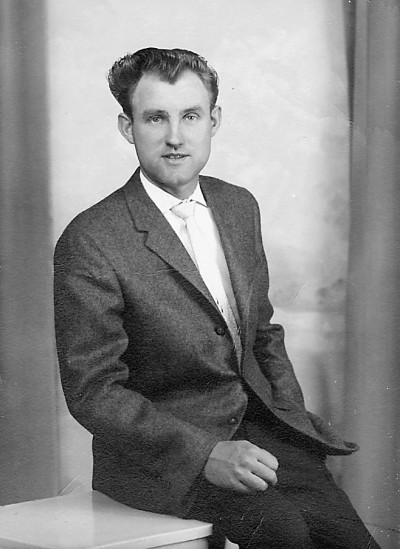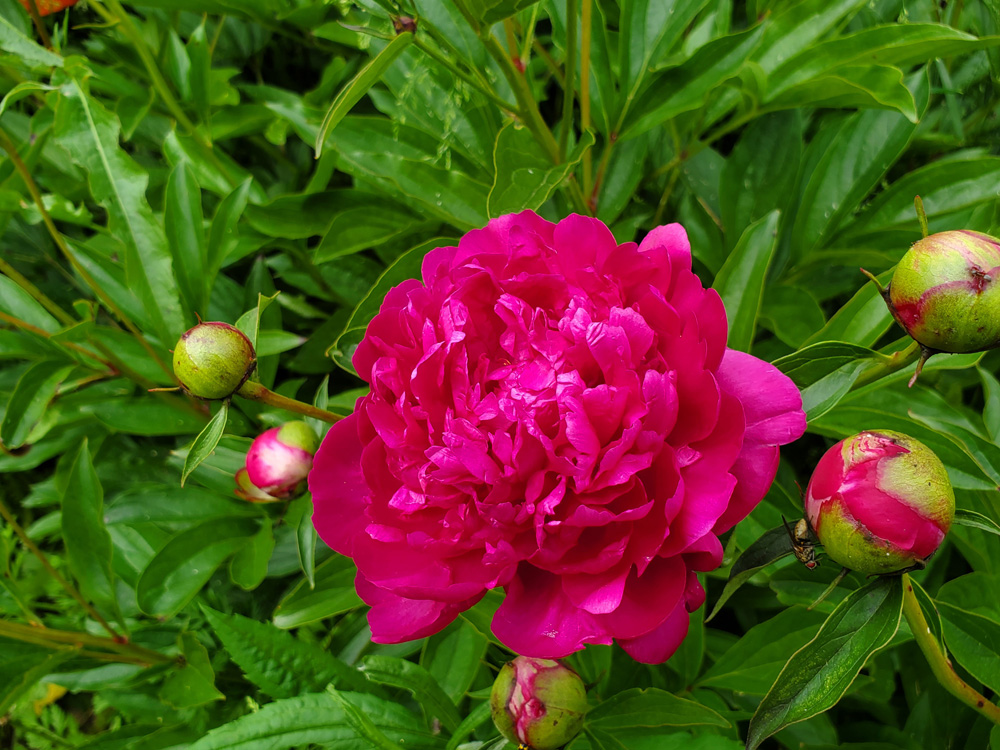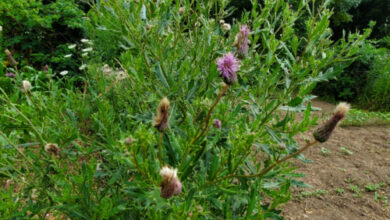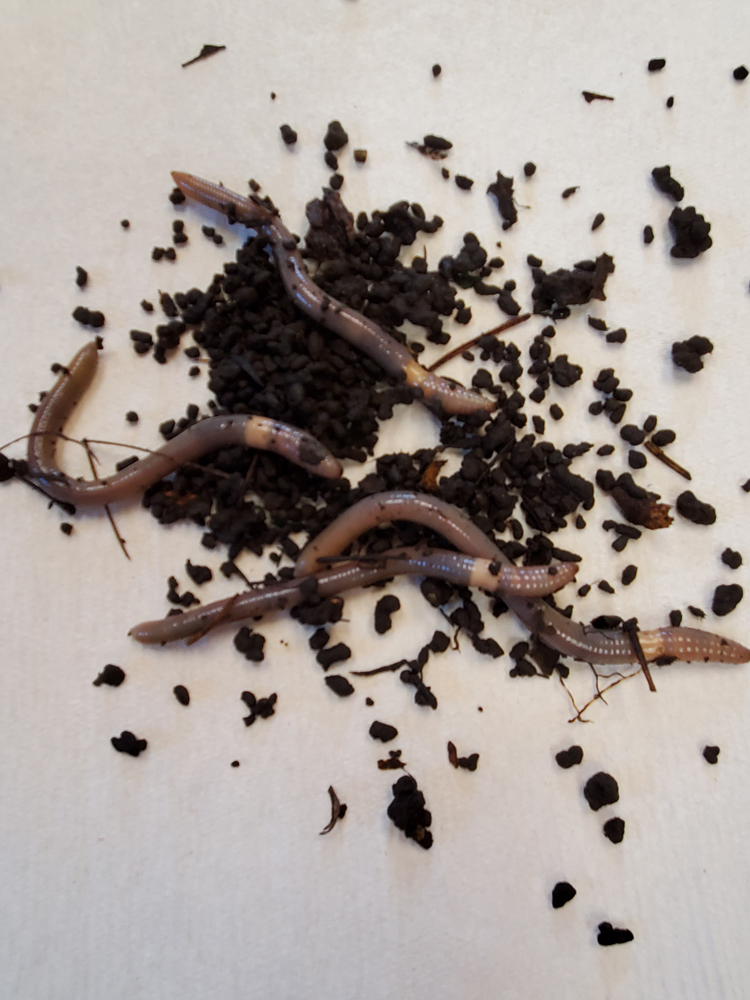Victory Gardens
Victory Gardens for the production of fresh fruits, vegetables and herbs, were promoted to the civilian population of the United States during the World Wars as a way to ensure that families would have a means of obtaining produce while the country was at war. Victory Gardens helped to prevent food shortages when canned fruits and vegetables were rationed and also enabled Americans to help in the war effort.
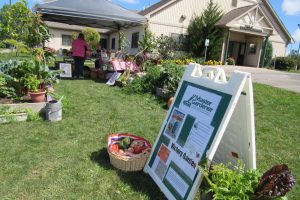
Orleans County Cornell Cooperative Extension Master Gardener volunteers this year planted their own WWII era Victory Garden on the Orleans County 4-H Fairgrounds in Knowlesville as part of the 2nd Annual Orleans County Heritage Festival held September 8 through 17.
Planting of the garden, which consists of two raised beds, was inspired by the discovery of five out of six original Victory Garden leaflets distributed by Cornell Cooperative Extension in 1942. The leaflets contain information on planning a garden, storage of fruits and vegetables, foods to freeze, dry and brine, insect and weed issues, recipes, harvest periods, canning techniques and more.
Master Gardeners used the leaflets to choose heirloom varieties for the garden, including “Ruby” Swiss chard, “Black Beauty” eggplant and yellow cherry tomatoes. WWII Victory Gardens helped to popularize common garden crops such as Swiss chard, kale and kohlrabi.
The leaflets state that Victory Gardens should meet family needs for fresh vegetables during the growing season and provide an additional supply for preserving for use in winter.
“A garden full of fresh vegetables is a garden full of vitamins,” Leaflet No. 4 states. Sharing of vegetables (and flowers) with neighbors is recommended. Leaflet No. 3 warns that commercial canners were required to set aside for government use 100 percent of carrots, 60 percent of beets, and 33 percent of tomatoes. Planting a Victory Garden meant that families would be assured of having a supply of vegetables if canned and fresh vegetables were not available at the market.
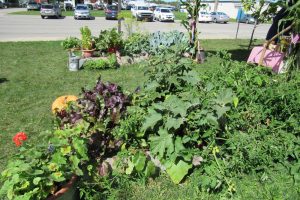
Leaflet No. 2 reminds families that everything they were able to grow relieved pressure on industry for packaging and transporting food supplies.
According to the National WWII Museum in New Orleans, at their peak there were more than 20,000,000 Victory Gardens planted across the United States. More than one million tons of vegetables were grown in Victory Gardens during the war. People with no yards planted small Victory Gardens in window boxes and some city dwellers in tall apartment buildings planted gardens on rooftops.
The National World War II Museum has its own Victory Garden as does the Smithsonian Institution in Washington, D.C.
Victory Gardens remind us of the importance of preparedness and self-sufficiency in an uncertain world. They remind us that our home gardens provide needed food and nourish us with fresh, local, – and if we choose – organic food. Victory Gardens also remind us of a time when our nation pulled together during crisis to help one another survive and our country to defeat its foe. Victory Gardens show gardeners truly have the ability to change the world.



